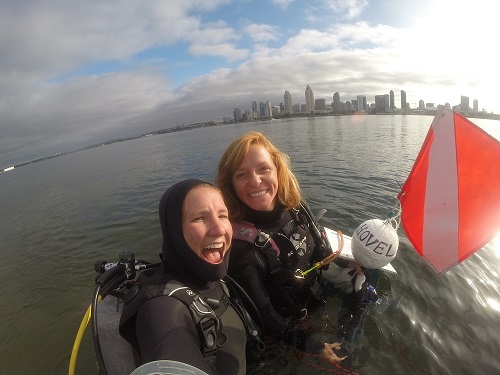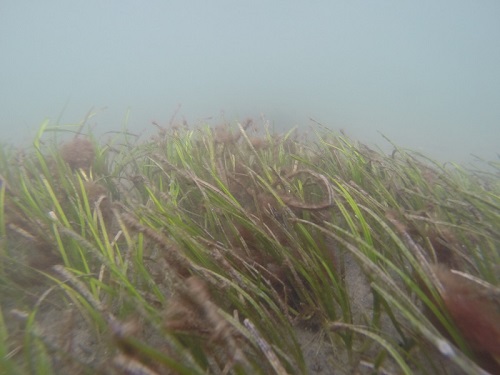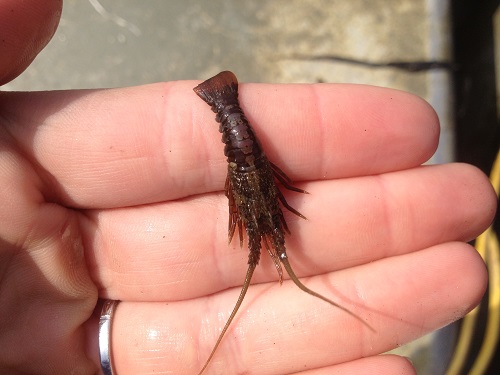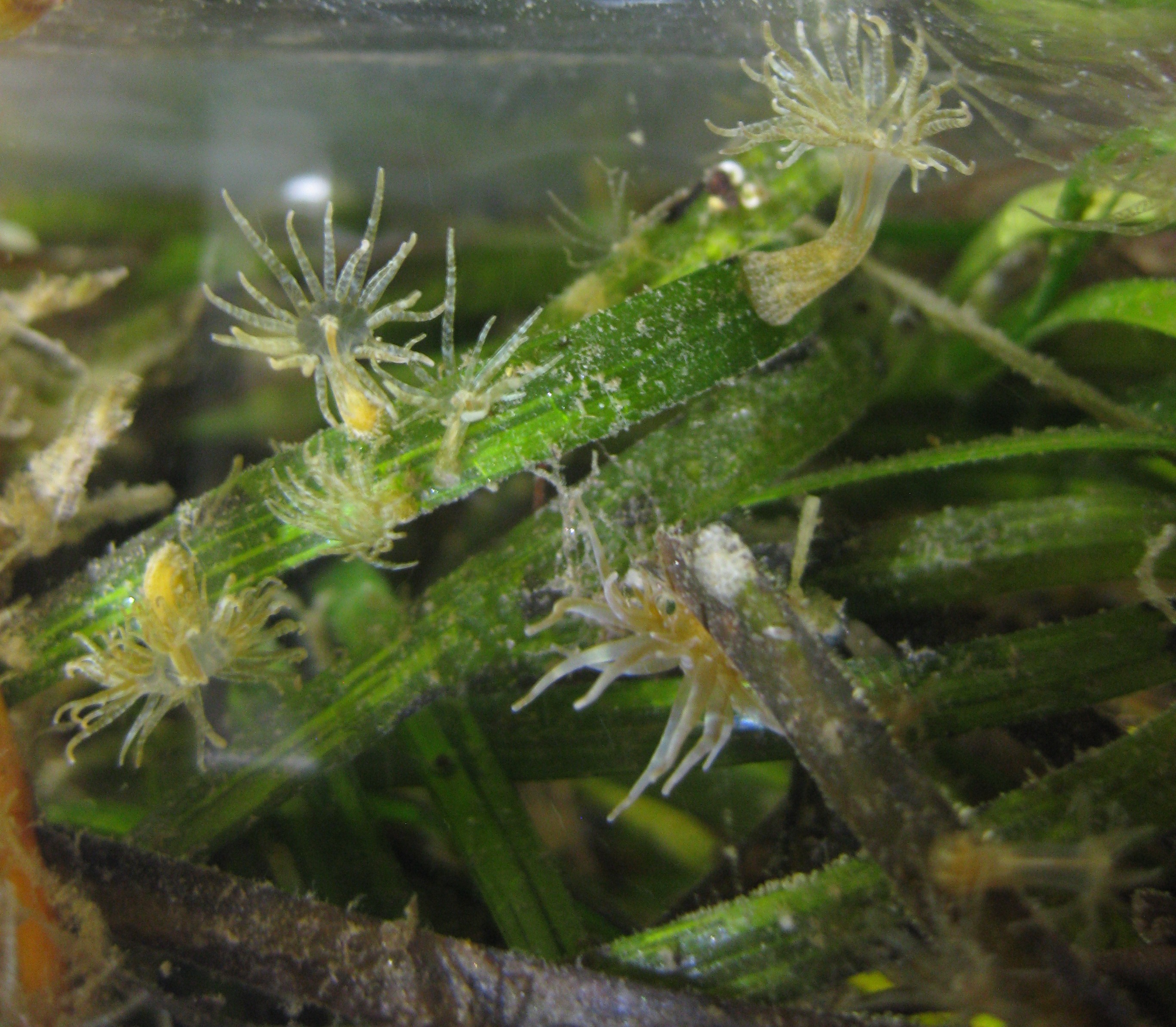Welcome to the Marine Conservation Ecology Lab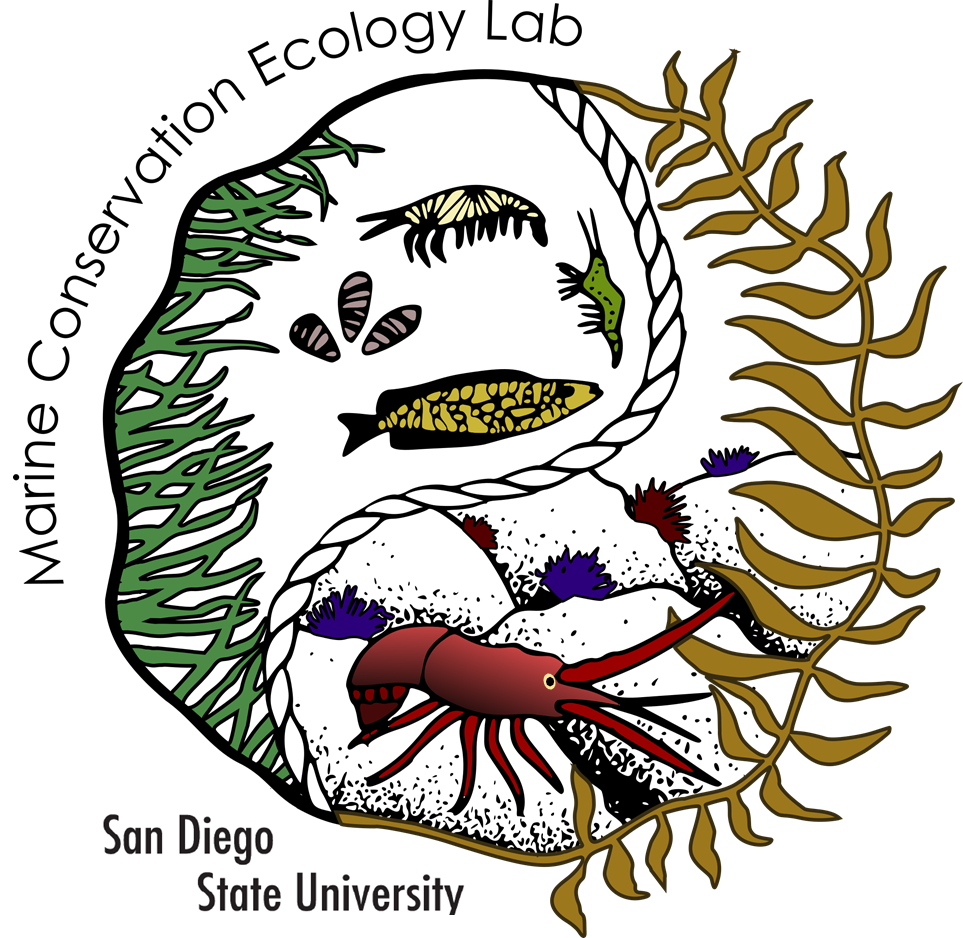
In SDSU’s Marine Conservation Ecology Lab, our primary goal is to investigate the processes that control the abundance and diversity of animal life in nearshore habitats. Using field experiments, lab experiments, and mathematical modeling, we explore a number of ecologically based issues in the coastal oceans, including:
- the role of habitat structure in dictating biodiversity, animal behavior, and ecosystem function in marine seascapes;
- the factors that dictate the effectiveness of coastal nursery habitats like seagrasses and rocky reefs;
- the ecological relationships among organisms in kelp forests, such as spiny lobsters, sea urchins, and abalone;
- processes that control the abundance and distribution of invasive species.

